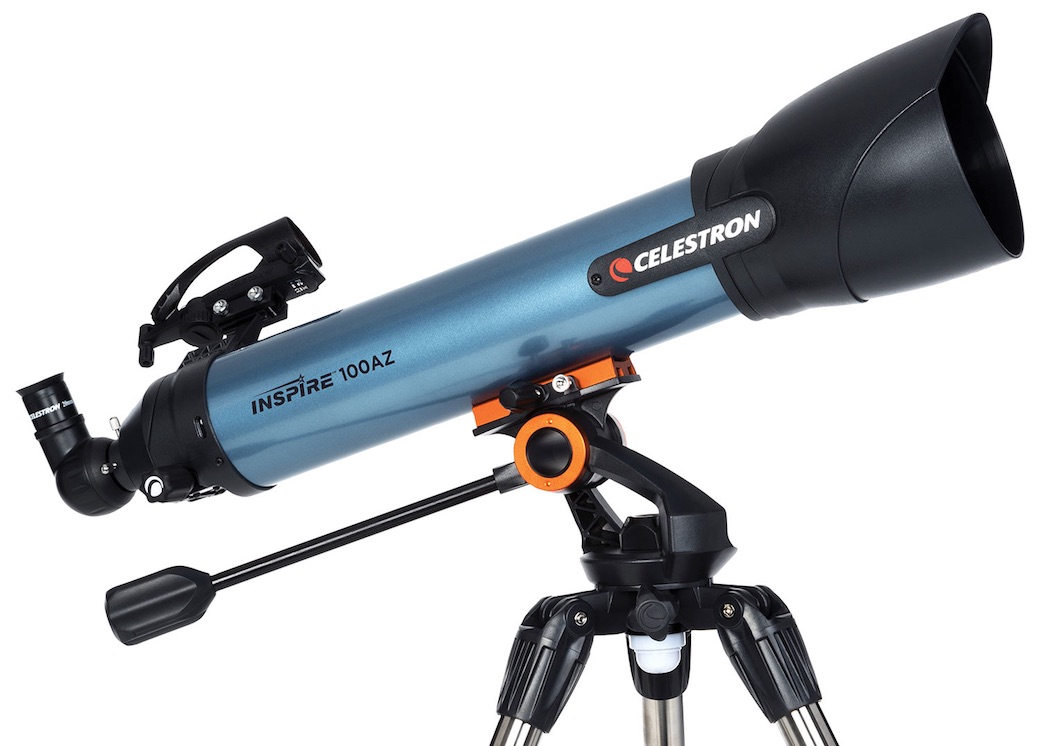 When selecting a telescope to purchase, there are a number of common sense questions that one should first ask oneself. Read on to see these questions along with a few helpful answers that may lead to a happy, rather than regrettable, telescope buying decision. (Note: The telescope shown at left is the Celestron Inspire 100AZ Refractor Telescope—a fine light bender for the beginning or intermediate astronomer.)
When selecting a telescope to purchase, there are a number of common sense questions that one should first ask oneself. Read on to see these questions along with a few helpful answers that may lead to a happy, rather than regrettable, telescope buying decision. (Note: The telescope shown at left is the Celestron Inspire 100AZ Refractor Telescope—a fine light bender for the beginning or intermediate astronomer.)
Question #1: What are you going to use your telescope for?
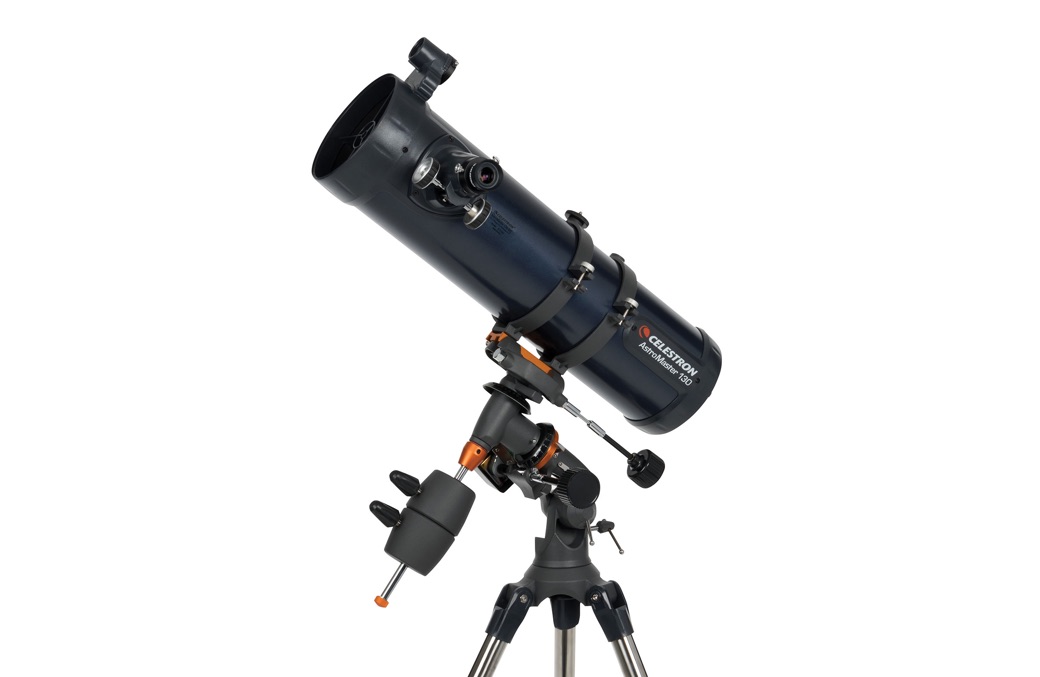 This may seem like a fairly simple question, but considering the sheer volume of telescopes (and telescope types) available to choose from, as well as the wide range of prices you’re sure to encounter once you begin your search, it’s actually a complex and important question that deserves significant attention. Consider, for instance, whether you’ll use your telescope for terrestrial (ground) based viewing (primarily daytime use), or if you wish to view the stars & planets at night. And keep in mind that astronomical telescopes are more expensive than terrestrial models, but that they may also provide some great additional features. They’re also likely to have much larger apertures than terrestrial models will have, and they may even include an equatorial mount. Finally, keep in mind the many differences between the 2 main types of optical telescopes (refracting & reflecting). The refracting telescope makes objects appear bigger by bending light, whereas a reflecting telescope uses mirrors to achieve the same goal, and is generally much more effective in doing so. If you’re not familiar with these major types of telescopes, I suggest you do a good bit of research before making your final selection. Knowing the differences between the major telescope types can really help you to determine which type will best suit your purpose. After all, buying a telescope is one of those serious purchasing activities that requires either a solid, existing, knowledge base or a good bit of quality research—much like with the purchase of a new automobile. So, don’t skimp on the research, or you’re almost certain to regret it. (Note: The telescope shown above/right is the Celestron AstroMaster 130EQ-MD Telescope—a powerful Newtonian reflector with an enormity of features. You can learn all about it at Best Buy.)
This may seem like a fairly simple question, but considering the sheer volume of telescopes (and telescope types) available to choose from, as well as the wide range of prices you’re sure to encounter once you begin your search, it’s actually a complex and important question that deserves significant attention. Consider, for instance, whether you’ll use your telescope for terrestrial (ground) based viewing (primarily daytime use), or if you wish to view the stars & planets at night. And keep in mind that astronomical telescopes are more expensive than terrestrial models, but that they may also provide some great additional features. They’re also likely to have much larger apertures than terrestrial models will have, and they may even include an equatorial mount. Finally, keep in mind the many differences between the 2 main types of optical telescopes (refracting & reflecting). The refracting telescope makes objects appear bigger by bending light, whereas a reflecting telescope uses mirrors to achieve the same goal, and is generally much more effective in doing so. If you’re not familiar with these major types of telescopes, I suggest you do a good bit of research before making your final selection. Knowing the differences between the major telescope types can really help you to determine which type will best suit your purpose. After all, buying a telescope is one of those serious purchasing activities that requires either a solid, existing, knowledge base or a good bit of quality research—much like with the purchase of a new automobile. So, don’t skimp on the research, or you’re almost certain to regret it. (Note: The telescope shown above/right is the Celestron AstroMaster 130EQ-MD Telescope—a powerful Newtonian reflector with an enormity of features. You can learn all about it at Best Buy.)
Question #2: If you plan to move your telescope around, what size model can you reasonably expect to transport in your car?
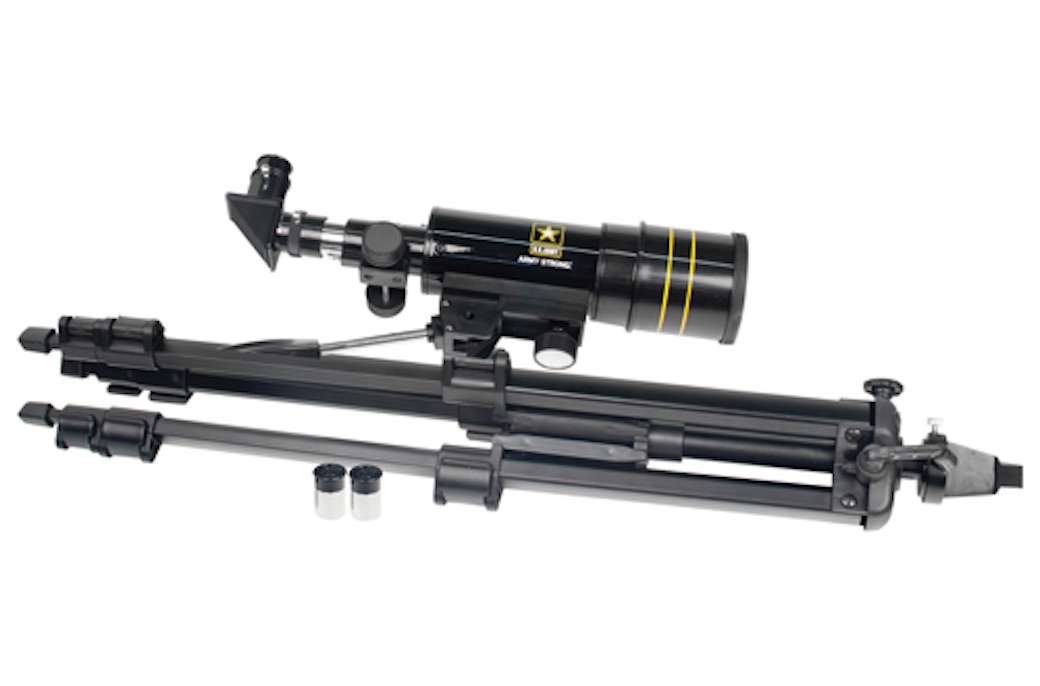 The weight of your chosen model is also a consideration here, as well as the combined weight of both the telescope itself and its mount. If the combined weight of these components is too heavy for you to carry around, your telescope isn’t likely to do you much good on a hiking or camping trip. Similarly, if the overall size/length of your telescope is too much for your vehicle to handle (particularly if you drive something small, like a hatchback), you may not be able to bring your telescope along on an astronomical themed adventure, such as a backyard viewing party of a passing comet, or a rare lunar eclipse. Keep these considerations in mind if you wish to tote your telescope around. In fact, you may want to consider the Celestron Travel Scope 70 x 400mm Portable Refractor Telescope if nomadic night viewing is your objective. Another compact model, the U.S. Army 60 x 300mm Refractor Telescope, is shown neatly folded up (tripod and all) above/left.
The weight of your chosen model is also a consideration here, as well as the combined weight of both the telescope itself and its mount. If the combined weight of these components is too heavy for you to carry around, your telescope isn’t likely to do you much good on a hiking or camping trip. Similarly, if the overall size/length of your telescope is too much for your vehicle to handle (particularly if you drive something small, like a hatchback), you may not be able to bring your telescope along on an astronomical themed adventure, such as a backyard viewing party of a passing comet, or a rare lunar eclipse. Keep these considerations in mind if you wish to tote your telescope around. In fact, you may want to consider the Celestron Travel Scope 70 x 400mm Portable Refractor Telescope if nomadic night viewing is your objective. Another compact model, the U.S. Army 60 x 300mm Refractor Telescope, is shown neatly folded up (tripod and all) above/left.
Question #3: Will you be using your telescope for astrophotography?
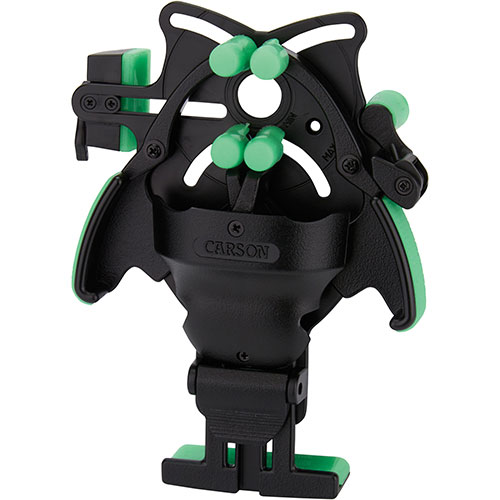 The answer to this question is vital to the type of telescope you will choose. Choose wrong, and you may not be able to photograph anything. Choose right, and you may end up snapping some astronomical shots that will make professional photographers envious. If you wish to attach your iPhone or DSLR to your future telescope, make sure you get one that is capable of receiving these attachments. Most Nikon & Canon DSLRs are capable of attaching to receptive telescopes via a T-ring adaptor. These adaptors will soon be available at Best Buy, so you might want to
The answer to this question is vital to the type of telescope you will choose. Choose wrong, and you may not be able to photograph anything. Choose right, and you may end up snapping some astronomical shots that will make professional photographers envious. If you wish to attach your iPhone or DSLR to your future telescope, make sure you get one that is capable of receiving these attachments. Most Nikon & Canon DSLRs are capable of attaching to receptive telescopes via a T-ring adaptor. These adaptors will soon be available at Best Buy, so you might want to
keep an eye out there. If it’s your phone you wish to attach, consider getting a 10377722 adaptor, such as the Carson HookUpz Universal Smartphone Digiscoping Adapter, which also conveniently connects to binoculars. It may be a weird looking device, but it’s extremely useful if you wish to capture the stars!
Question #4: What is your telescope budget?
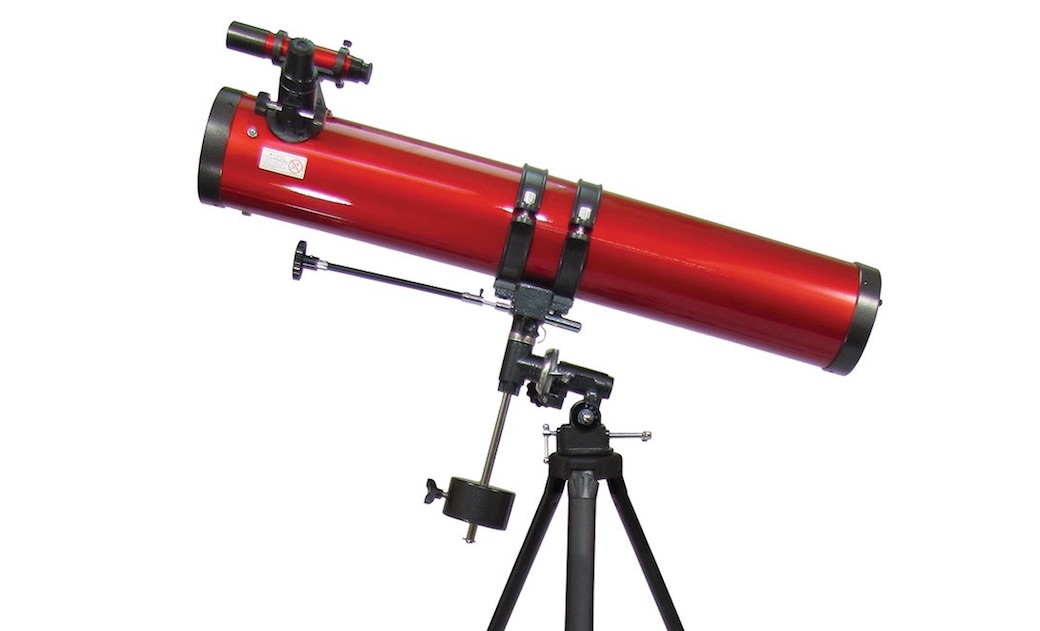 There’s certainly no doubt that telescopes can be costly! One question you most assuredly must answer before taking the telescopic plunge is, how much do I wish (or can I afford) to spend? The answer to this question will determine the general quality of the equipment you can acquire, but you needn’t be discouraged if the figure is relatively low. Many budding astronomers begin with an entry level model and graduate to something more advanced later on. And even a low budget telescope can see considerably more than the naked eye can! When it comes to price, however, one thing is absolutely certain—the larger the aperture, the higher the overall cost… But also, the better the image quality you’ll get! The telescope shown above/left is certainly no slouch! This one is the Carson Red Planet RP300 114 x 900mm Newtonian Reflector Telescope, and it’s capable of capturing some truly amazing sights! Give it a proper look on it’s Best Buy product page if you’re curious about its specs.
There’s certainly no doubt that telescopes can be costly! One question you most assuredly must answer before taking the telescopic plunge is, how much do I wish (or can I afford) to spend? The answer to this question will determine the general quality of the equipment you can acquire, but you needn’t be discouraged if the figure is relatively low. Many budding astronomers begin with an entry level model and graduate to something more advanced later on. And even a low budget telescope can see considerably more than the naked eye can! When it comes to price, however, one thing is absolutely certain—the larger the aperture, the higher the overall cost… But also, the better the image quality you’ll get! The telescope shown above/left is certainly no slouch! This one is the Carson Red Planet RP300 114 x 900mm Newtonian Reflector Telescope, and it’s capable of capturing some truly amazing sights! Give it a proper look on it’s Best Buy product page if you’re curious about its specs.
Question #5: How will you keep up the hobby?
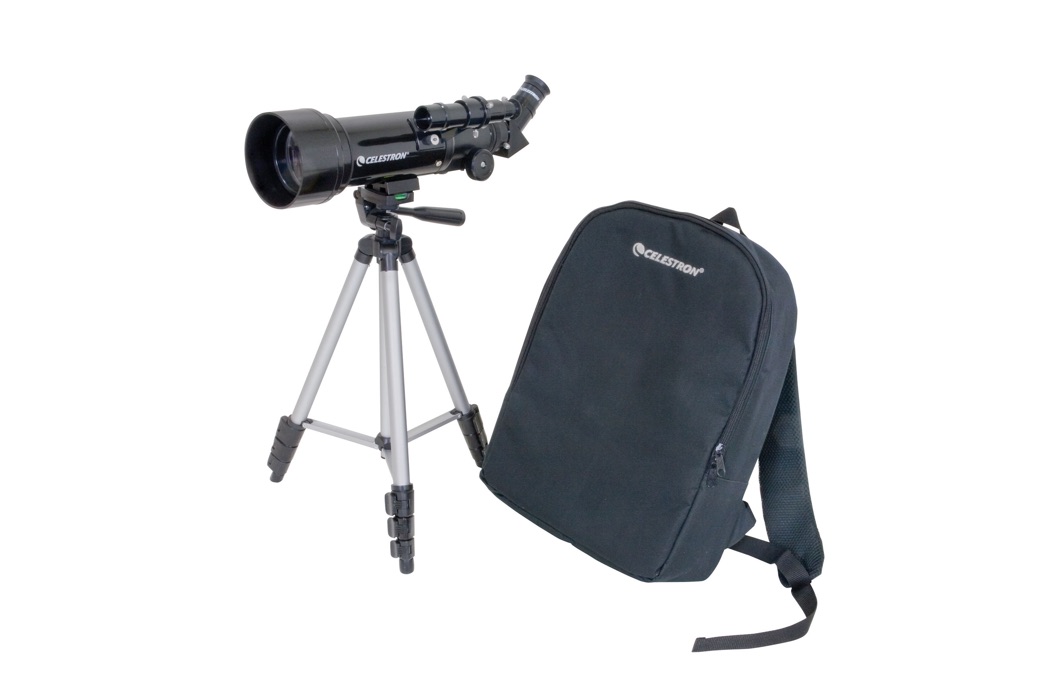 There’s a lot involved with setting up a telescope and learning how to use it, not to mention monitoring the weather for ideal viewing conditions & tracking key astronomical events. It can all be somewhat overwhelming to beginning astronomers, and many people simply don’t keep up the hobby long term. It may therefore be useful to plan a strategy ahead of time that will help to keep you on track. For instance, you could look for a local astronomy club or group to join, or you could convince a couple of friends to take up the hobby with you. Alternatively, you could make a few new friends—those of the variety that share your star gazing interests! The Royal Astronomical Society of Canada is a great place to start. They offer free meetings for astronomical enthusiasts across Canada, and they’ve got many other great resources for people to use as well, including programs & publications. One way or another, it’s entirely possible to maintain an interest, and take part, in the the hobby of astronomy if you’re willing to do just a little bit of the legwork. Simply put, don’t give up too easily, there’s an entire universe of things to see out there with your telescope! (Note: Earlier I mentioned, but failed to show, the Celestron Travel Scope. This has been rectified in the photo above/right.)
There’s a lot involved with setting up a telescope and learning how to use it, not to mention monitoring the weather for ideal viewing conditions & tracking key astronomical events. It can all be somewhat overwhelming to beginning astronomers, and many people simply don’t keep up the hobby long term. It may therefore be useful to plan a strategy ahead of time that will help to keep you on track. For instance, you could look for a local astronomy club or group to join, or you could convince a couple of friends to take up the hobby with you. Alternatively, you could make a few new friends—those of the variety that share your star gazing interests! The Royal Astronomical Society of Canada is a great place to start. They offer free meetings for astronomical enthusiasts across Canada, and they’ve got many other great resources for people to use as well, including programs & publications. One way or another, it’s entirely possible to maintain an interest, and take part, in the the hobby of astronomy if you’re willing to do just a little bit of the legwork. Simply put, don’t give up too easily, there’s an entire universe of things to see out there with your telescope! (Note: Earlier I mentioned, but failed to show, the Celestron Travel Scope. This has been rectified in the photo above/right.)
That’s all for today. But remember, when it comes to buying a telescope, no amount of knowledge is too much. If you do your research before you buy, I suspect that you’ll be fine. In the mean time, there’s plenty of beauty in the sky that can be seen with the naked eye, so get out there and start enjoying it! Until next time, have an excellent day, and I’ll catch you in my next post!



